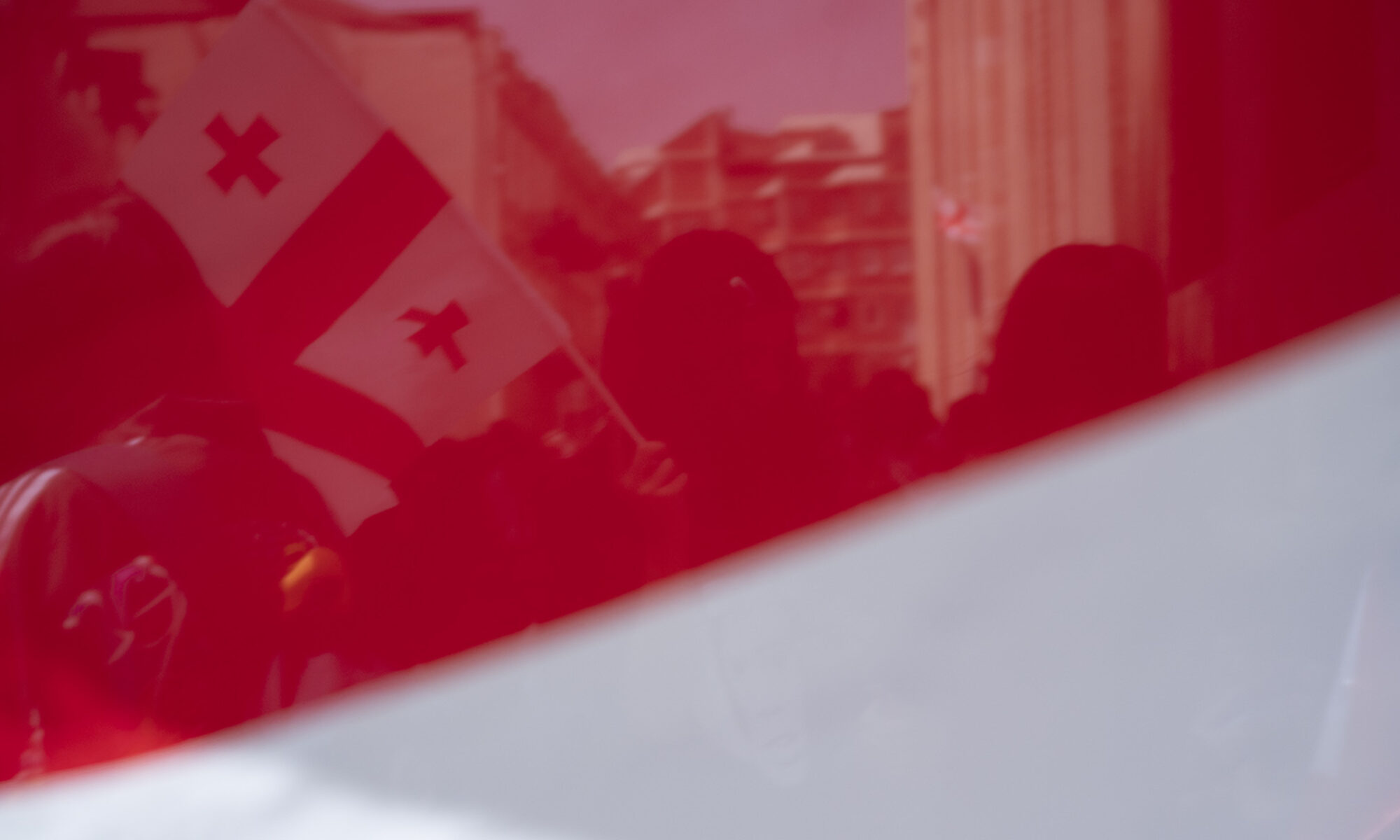When I started to think about making this book, I soon realized that my point of view alone would not suffice. So I approached the Georgian photographers and writers: If I asked you about Georgia, what story would you tell me? Their stories are collected in this book- and to give you an idea, here’s a very brief overview:
(Remark: the photographs of Ana Kordzaia-Samadashvili and Dato Turashvili are made by Tinatin Kiguradze, and the one of Giorgi Tabliashvili by Andreas Oetker-Kast)
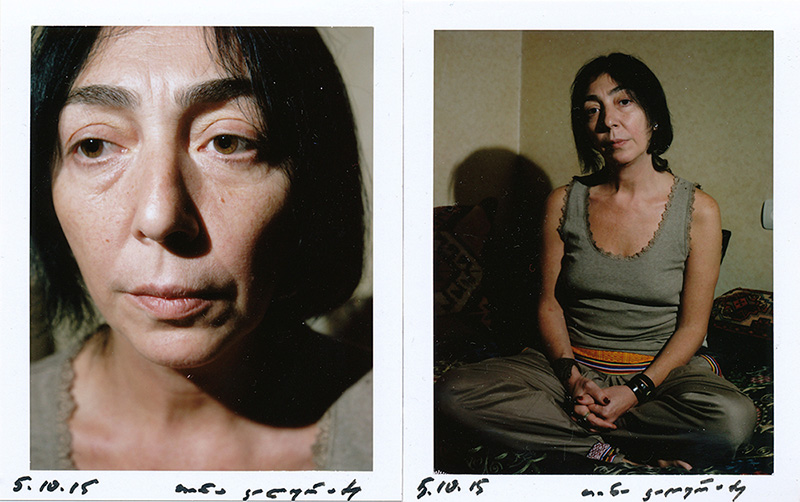
Ana Kordzaia-Samadashvili, Lost Paradises
Lost Paradises is an eloquent, free and imaginative essay about life in Georgia.
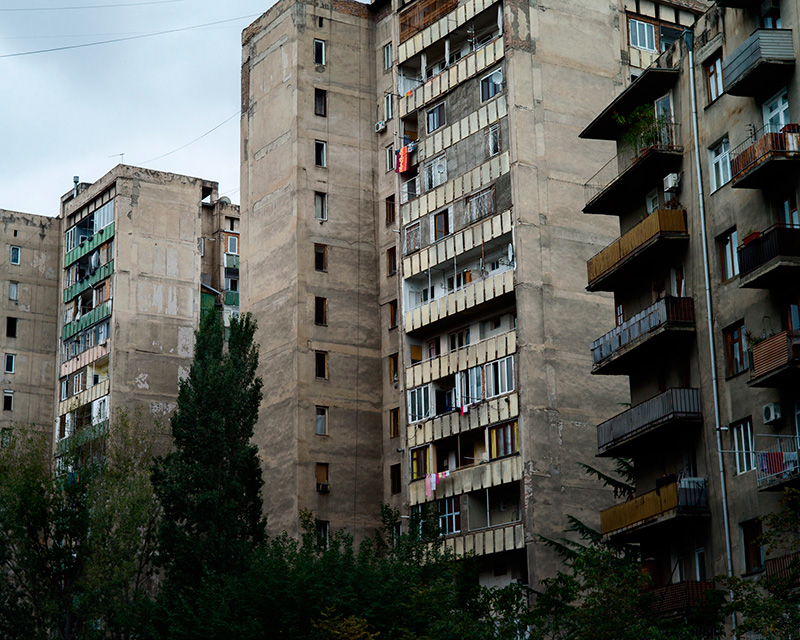 Andreas Oetker-Kast, Georgia – Sakartvelo
Andreas Oetker-Kast, Georgia – Sakartvelo
Tamar was the 12th century queen of Georgia, a legendary figure who led Georgia to the peak of its golden age, modernizing the political system and introducing elements of civil rights, democracy and rule of law. When I first came to Georgia in 2011, I had no idea. So I started to see, listen, learn – but just like the fact that the remains of Queen Tamar remain a mystery, Sakartvelo remains a journey.
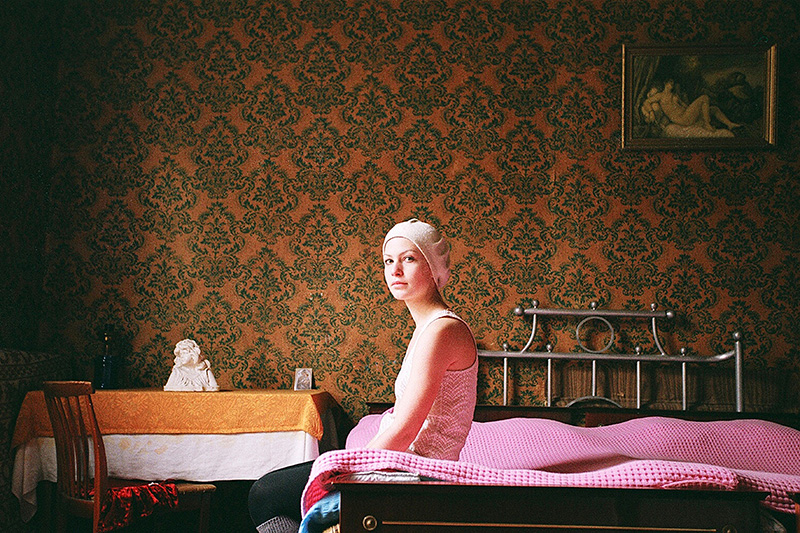 Dina Oganova, My Place
Dina Oganova, My Place
On December 26th, 1991, the Soviet Union’s Supreme Council formally dissolved the country. As a result, the Soviet Union’s 15 republics, including Georgia, became independent countries. My Place is about a new generation, born in the last years of the Soviet Union and growing up in an independent Georgia. A generation on the crossroads of two centuries, a generation that fights against forces trying to hem it in.
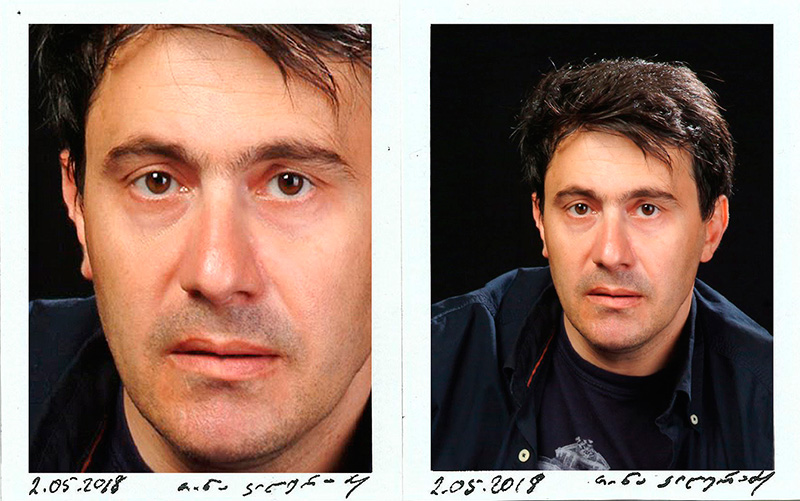 Dato Turashvili, Freedom Forever
Dato Turashvili, Freedom Forever
Dato’s essay provides a brief and personal introduction into the Georgian history.
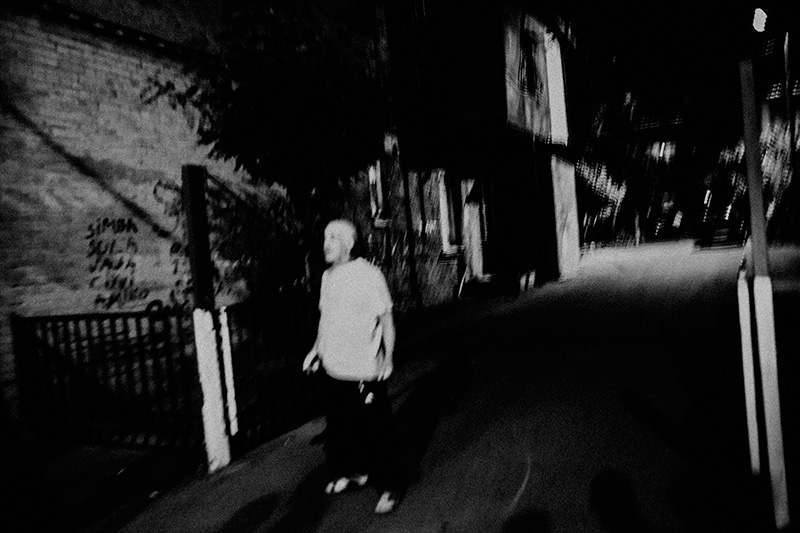 Giorgi Shengelia, Unknown City
Giorgi Shengelia, Unknown City
Having lived away from my hometown led Giorgi to a new look at Tbilisi upon his return. I saw and photographed homeless people, people living on the streets as a result of personal traumas or driven there by the civil war and the Russian occupation of Georgian territories. But he was also motivated to look for the unseen parts of the city at night, to substitute his images for the memories of those who would rather forget the past. So this is basically two projects in one and for him, the camera gives him a way to be better-aligned with reality, to connect with people and understand their stories – and, image by image, to become a better and more empathetic person.
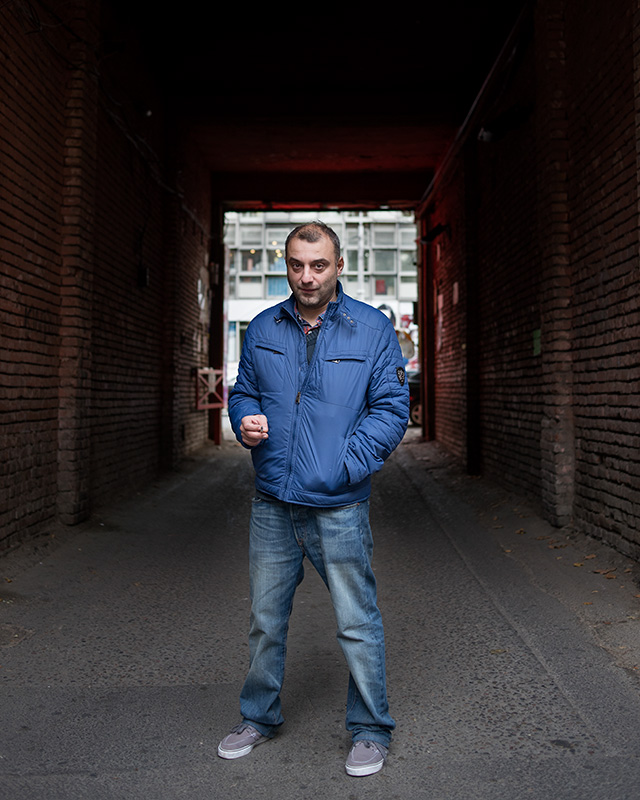 Giorgi Tabliashvili, Life in Georgia
Giorgi Tabliashvili, Life in Georgia
How do you explain to citizens of a European country what life in Georgia feels like? How do you make them understand the constant feeling of threat caused by our neighbor to the North? Giorgi’s Text provides a short but deep insight into what life in Georgia feels like.
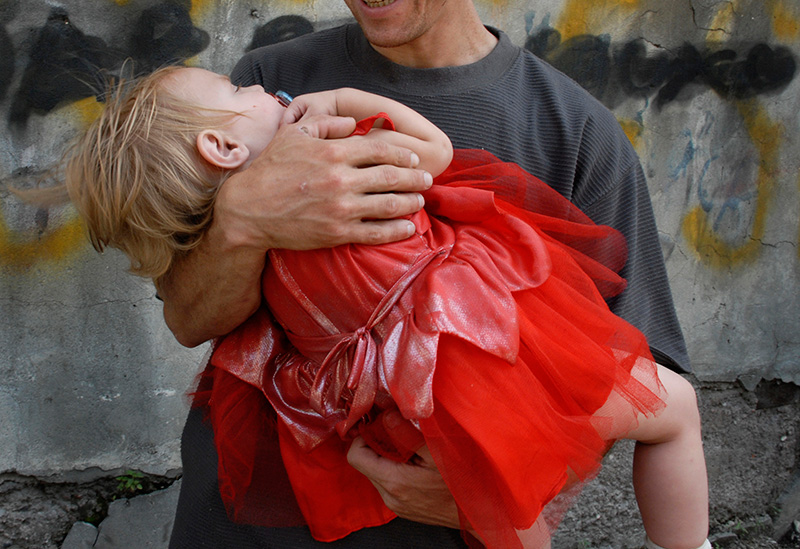 Guram Tsibakhashvili, The Body of Georgia
Guram Tsibakhashvili, The Body of Georgia
Contrary to others looking for the soul of Georgia, Guram’s project takes a look at a body of Georgia, that he saw taking shape ever since the 1990ies – being convinced that it is better to actually photograph the body than the soul.
 Natela Grigalashvili, Village of the Mice
Natela Grigalashvili, Village of the Mice
Tagveti (“Village of the Mice” in English) is where Natela was born and raised, and Village of the Mice is a personal project about her memories of her village as it used to be. But it is also a project about how the village changed over the years due to the economic situation – and about how it still means home for her.
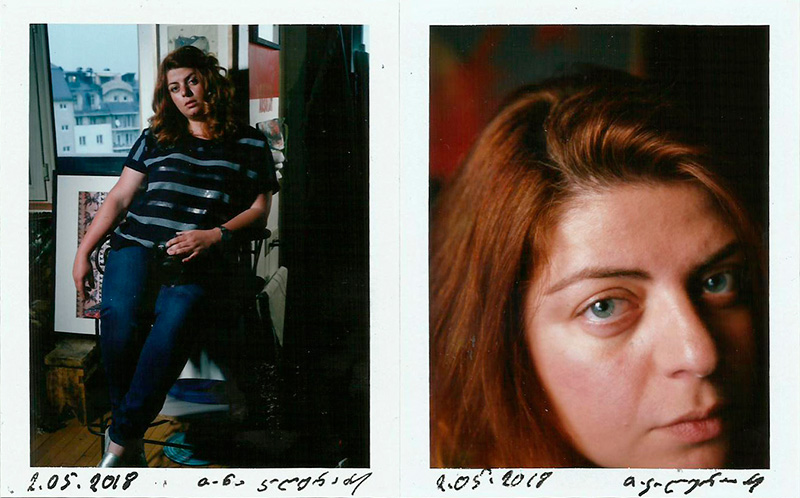 Tinatin Kiguradze, I Will Always Be
Tinatin Kiguradze, I Will Always Be
At all times, there are certain people at certain places who create the aura of these places. Their work becomes history, history that is studied by later generations and becomes their inspiration. This series is about these people.
Remark: The portraits of the authors in the book are part of the series I Will Always Be.
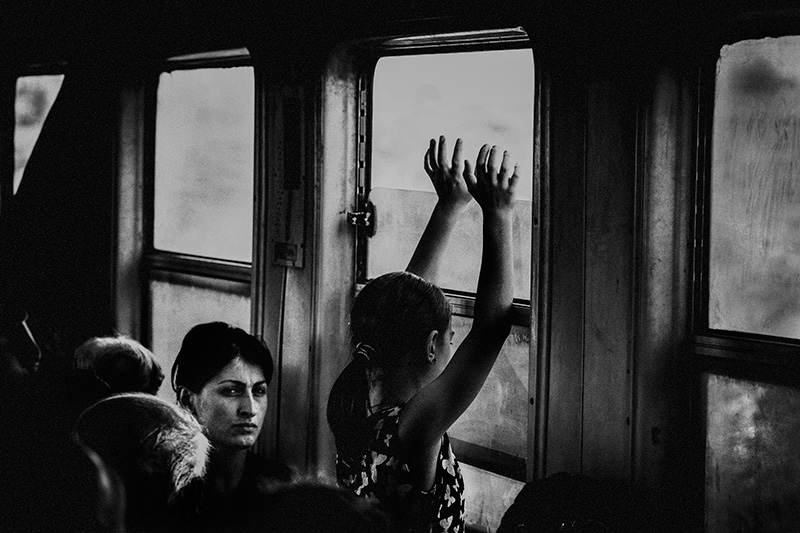 Vakho Khetaguri, Life on the Rails
Vakho Khetaguri, Life on the Rails
On October 10th, 1872, the first train from Georgia’s capital of Tbilisi arrived in the Black Sea port of Poti, marking the birth of the Georgian railroad. Today, the train is an inexpensive means of transportation, the preferred travel option for low-income groups of the Georgian population. They use it to come to the capital from the regions to look for work, to sell their crops or even to beg. But Life on the Rails is an ongoing project.
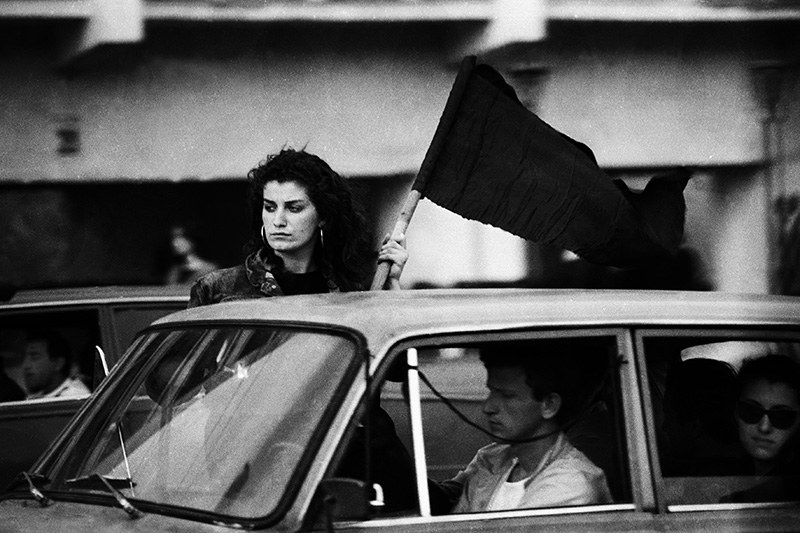 Yuri Mechitov, Bearing Witness
Yuri Mechitov, Bearing Witness
Yuri Mechitov is presenting an insight into the most dramatic events that have taken place in Georgia over the last 30 years.
